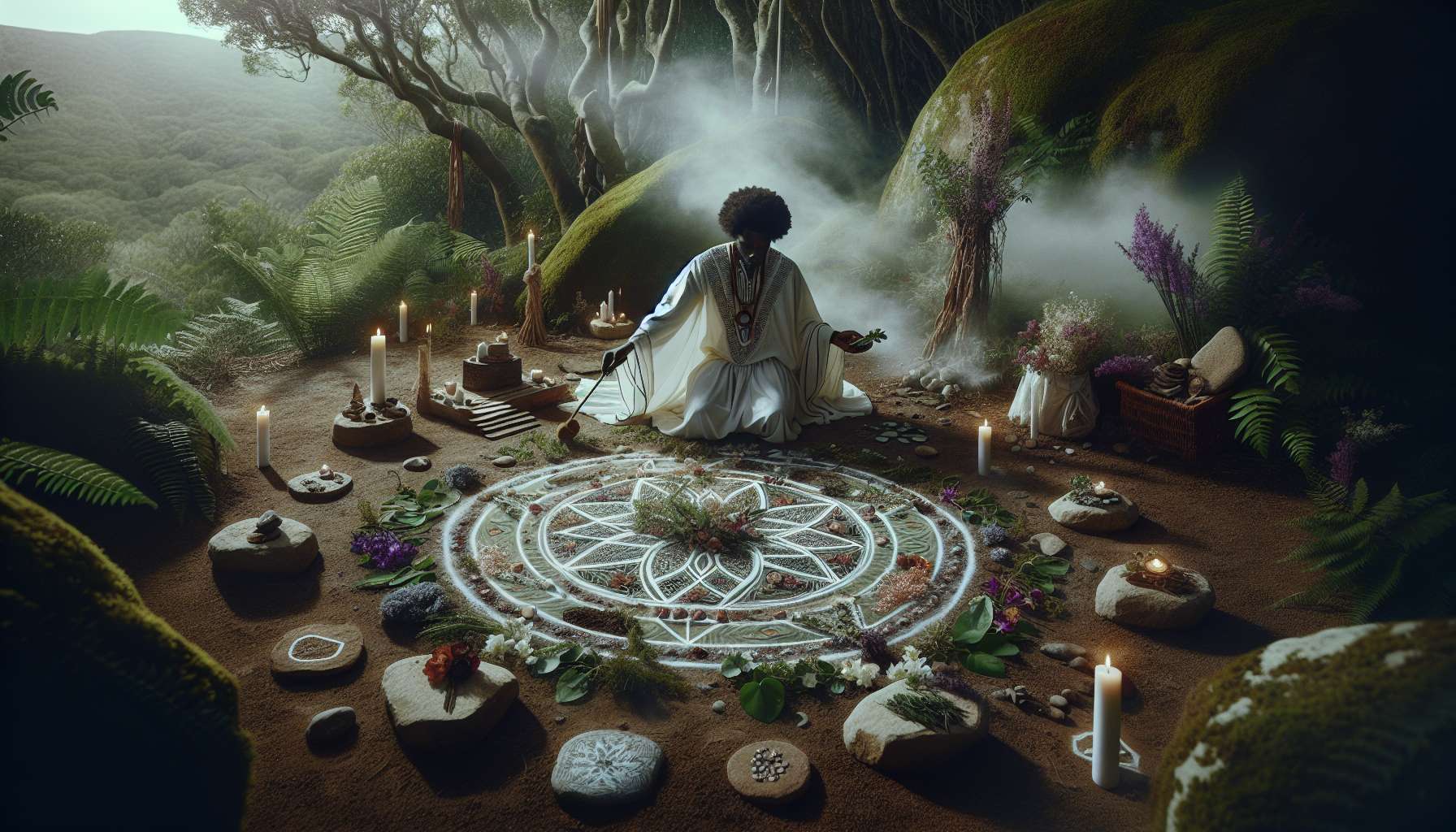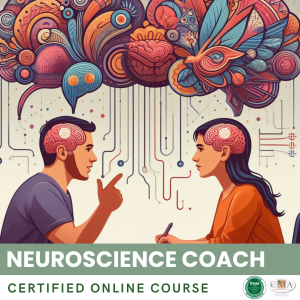Healing and transformation rituals are powerful tools to accompany the processes of inner change and deep healing. They allow us to symbolically mark the transition from one state to another, reconnect with our sacred dimension, and mobilize the resources of the subconscious to support the realization of our intentions.
A ritual is a series of symbolic acts, often repeated in a specific order, that aims to create a sacred space and invoke specific energies. It can be practiced alone or in a group, indoors or in nature, and rely on different elements such as meaningful objects, gestures, words, sounds, and even visualizations. The important thing is that it is created with a clear and sincere intention and that it resonates with the sensitivity and needs of the person or group who practices it.
To create a healing ritual, we can draw inspiration from the major stages of traditional rites of passage, which mark important life transitions such as births, marriages, or deaths. These stages are separation (detaching from the old), margin (exploring the unknown), and aggregation (integrating the new). By transposing them to an internal healing process, we can imagine a three-stage ritual: first, preparation by purifying ourselves and clarifying our intention; next, opening up to transformation by invoking healing forces and performing symbolic acts; finally, integrating change by anchoring awareness and celebrating the journey made.
Here is a specific example of a healing ritual to rid oneself of an addiction. After clearly defining their intention and purifying themselves with a symbolic shower or bath, the individual can go to a meaningful place in nature. There, they can perform a symbolic gesture such as burying an object representing their addiction, expressing aloud their choice to let it go. They can then invoke their inner resources and spiritual allies, for example by visualizing a healing light enveloping them or by calling upon the presence of a totem animal. Finally, they can seal their commitment by performing a symbolic action such as planting a seed or lighting a fire, and then close the ritual by thanking the invoked forces and celebrating their decision.
Transformation rituals can also be used to promote a positive change in one’s life, such as initiating a new project, healing a relationship or even going through bereavement. For example, to support a grieving process, you can create a ritual by setting up an altar in honor of the deceased person, placing meaningful objects, photos, and offerings on it. You can then express your emotions and memories by writing a letter to the person, and then burn it visualizing the release of attachment. You can also invoke the loving presence of the deceased and ask them to accompany you in your new life. Finally, you can perform a symbolic gesture such as lighting a candle or planting a tree in their honor, then close the ritual by thanking the person for everything they have brought to your life.
As a spiritual healing practitioner, you can offer your clients rituals tailored to their situation and needs. You can guide them in clarifying their intentions, choosing symbolic elements and creating a sequence that is meaningful to them. You can also accompany them in the execution of the ritual, by offering a safe and benevolent space to explore their emotions and awareness. Your role is to support them with a presence that is both grounded and open, respecting their pace and freedom.
It is important to remember that rituals are not magical in themselves, but they draw their power from the inner commitment of those who practice them. They do not replace therapeutic work or ongoing support, but they can reinforce and deepen it by mobilizing the resources of the imaginary and the sacred. By including them in your practice with discernment and creativity, you offer your clients valuable tools to give meaning to their life journey and celebrate their inner metamorphosis.
So, let your intuition and sensitivity run free to create unique and inspiring rituals that will touch the hearts of your clients and connect them to their unlimited potential for healing and transformation. Dare to venture off the beaten track and invent your own symbols and sacred gestures, connecting to the living source of Life that seeks to express itself through you. And most importantly, remember to marvel and celebrate each step on this initiatory path, for joy and gratitude are where the most beautiful transformations occur.
Key Takeaways:
– Healing and transformation rituals are powerful tools to accompany the process of inner change and deep healing. They allow us to symbolically mark the transition from one state to another, to reconnect with our sacred dimension, and to mobilize the resources of the subconscious.
– A ritual is a series of symbolic acts, often repeated in a precise order, which can be practiced alone or in a group, indoors or outdoors, and relies on different elements such as significant objects, gestures, words, sounds or visualizations.
– To create a healing ritual, we can draw inspiration from the main stages of traditional rites of passage: separation (detaching from the old), margin (exploring the unknown), and aggregation (integrating the new).
– Transformation rituals can be used to promote a positive change in life, such as initiating a new project, healing a relationship, or going through bereavement.
– As a practitioner, you can offer rituals tailored to each client, guide them in clarifying their intentions and creating a personalized ritual, and accompany them in its realization by offering a safe and caring space.
– Rituals derive their power from the inner commitment of those who practice them. They do not replace therapeutic work but can support it by mobilizing the resources of the imaginary and the sacred.
👉 To download docx (Editable) file click here : Click here
👉 To download PDF file click here : Click here
👉 To download MP3 file click here : Click here







